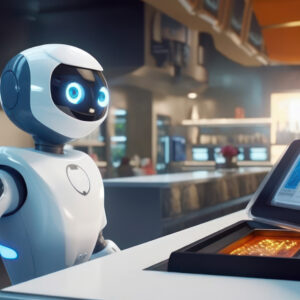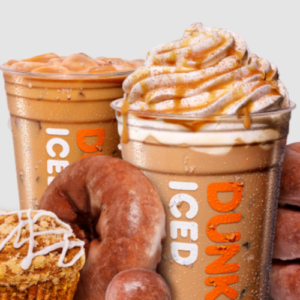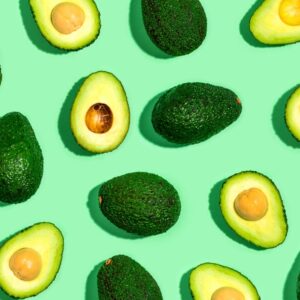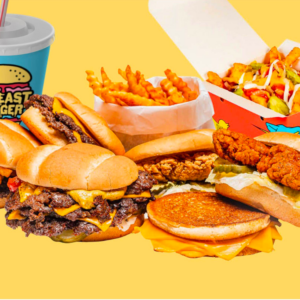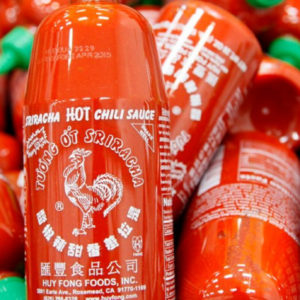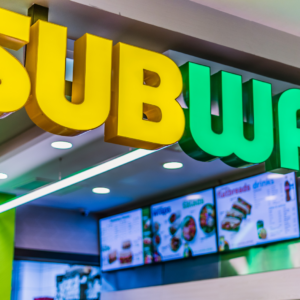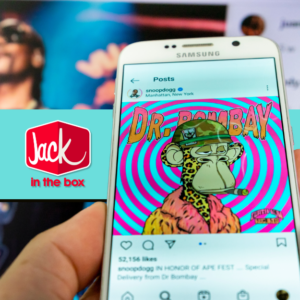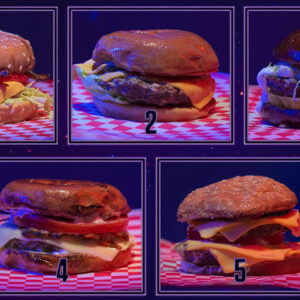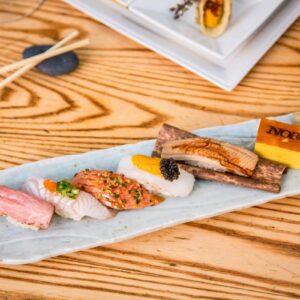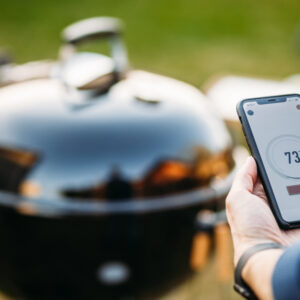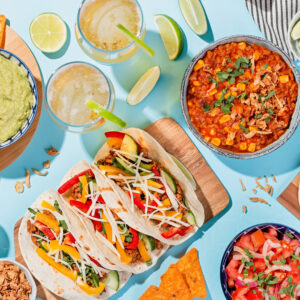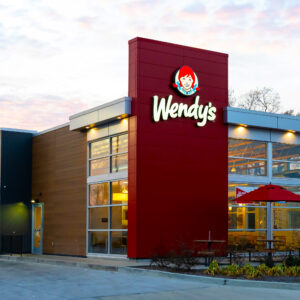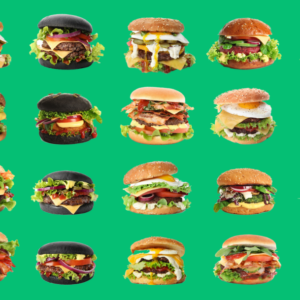
Ghost Kitchens: Are They Here to Stay? (+ Their Pros & Cons)
Discover how ghost kitchens are revolutionizing the food industry by offering pure, delicious food straight to your door. With a projected global market value of $1 trillion by 2030, virtual kitchens offer advantages like lower overhead costs and greater operational efficiency. Learn how to enjoy the convenience of ghost kitchens and the potential benefits they offer to restaurant owners.
Discover how ghost kitchens are revolutionizing the food industry by offering pure, delicious food straight to your door. With a projected global market value of $1 trillion by 2030, virtual kitchens offer advantages like lower overhead costs and greater operational efficiency. Learn how to enjoy the convenience of ghost kitchens and the potential benefits they offer to restaurant owners.
Get ready for the next big thing in the food industry, folks! Ghost kitchens are taking the world by storm. For those of you who haven’t heard of them, ghost kitchens exist solely for the purpose of producing food for delivery. No physical restaurant, no dine-in options – just pure, delicious food straight to your door. And boy, are they on fire right now! According to a report by market research firm Euromonitor International, the global ghost kitchen market is expected to reach $1 trillion (yes, you read that correctly – a T, not a B) by 2030. That’s a whole lotta ghost-cooked meals!
![]()
You might be wondering, what is a ghost kitchen?
Also known as a virtual or delivery-only kitchen, a ghost kitchen is a type of restaurant that operates exclusively for food delivery and takeout services. It lacks a traditional dining area.
Think about it for a sec. When you place your Grubhub or DoorDash order, do you think it comes from a restaurant that also serves people in-person? (We know, we know… most of us would never think about this. We’re just happy the food came hot and tasty!) It might, but more than likely the food you get is actually from a ghost kitchen.
![]()
What’s that mean exactly? Probably small and bare-boned, a virtual kitchen is a commercial space where food is prepared to fulfill orders made through various online ordering platforms and food delivery services. The reality is that it can be hard to know what these kitchens look like, where they’re located, or who’s doing the cooking when you place an order – just like a ghost! Get it? Maybe another reason why they’re called ghost kitchens!
![]()
What’s driving this trend? Technology is clearly the driving force behind this disruption in the traditional restaurant business. (Just like technology is driving almost all the changes we’re experiencing these days, right? ChatGPT anyone?) With online ordering platforms and delivery services proliferating and growing in popularity especially since Covid (maybe the one silver lining from the pandemic – better and faster food delivery right to our homes), ghost kitchens are able to reach a wider audience and deliver food more efficiently than ever before.
![]()
So how exactly are ghost kitchens disrupting the traditional restaurant model?
We know you’re dying to know. For starters, virtual kitchens are growing and thriving because of advancements in technology, which show no signs of slowing down. According to a report by research firm Morgan Stanley, off-premises sales (including delivery and takeout) are projected to reach a mind-boggling $220 billion by 2025, representing about 40% of total restaurant industry sales. Uhh, let it be known that that’s almost half of the entire restaurant industry! Whoa. Because of third-party delivery services like Grubhub, UberEats, and DoorDash, ghost kitchens can supply food to lots of people just like you. So maybe you’ll decide to stay home and get dinner delivered tonight instead of going out to eat – hence, disrupting the traditional restaurant industry. See our point?
![]()
The Advantages of Ghost Kitchens:
This business model has become increasingly popular as the growth of online food delivery services has skyrocketed. Plus, it offers meaningful advantages to restaurant operators like lower overhead costs, increased reach and revenue, and greater operational efficiency. Nice! With their smaller staff, no front-of-house upkeep, and easier startup requirements, ghost kitchens offer potentially significant cost savings, as well as operational efficiencies that streamline kitchen operations. They also have a big delivery range, making them an attractive option as another source of income for restaurant owners.
Sounds pretty great, right? But, alas, there are some drawbacks too…
![]()
Challenges and Limitations of Ghost Kitchens:
While ghost kitchens seem like a great investment, they’re not without their challenges. One of the biggest limitations is the lack of customer engagement. (What? You mean, there are actual advantages to restaurant owners from seeing our beautiful faces as we enter their restaurant for food?! Well, actually, yes, there are.) With no physical front of house, virtual kitchens have limited opportunities for branding and customer interaction. Not good for them!
![]()
They also can’t control the customer experience because it’s in the hands of their third-party delivery partners – yes, like that same UberEats driver who’s been to your house 4 times this week. Hence, scaling this type of business while maintaining quality control is an additional challenge, as ghost kitchens are 100% reliant on delivery services to reach and engage with their customers. And let’s not forget that they often need to contend with high partner commission fees as well – that means less profit for them (thumbs downnn).
A trend that’s likely here to stay (good for all of us food delivery lovers!), ghost kitchens will undoubtedly continue to shape the restaurant industry in the future. With the help of technology, virtual kitchens can reach more people than ever and deliver food fast and efficiently. And with the potential for increased revenue and cost savings, they can be a great investment for restaurant owners. Ultimately, ghost kitchens are here, and they’re ready to haunt your taste buds with their delicious offerings so watch out!


